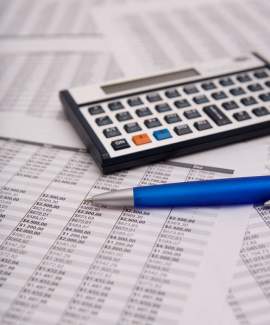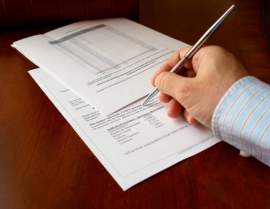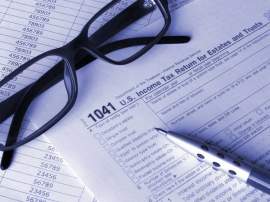
Real Property Taxes Assessment

The real property tax rate is based and subsequently calculated on the value of real property. Real property in this context refers to land, or anything built on the land that cannot be moved or separated. Counties, cities, towns, and school districts each raise money through the real property tax; money received from this tax helps fund and maintain: education, law enforcement agencies, roads, and municipal projects. In order to determine the value of real property, and the annual real property tax rate, the land in question must be assessed or examined thoroughly.
A property assessment aims to determine the real value of land. Also known as the market value, the property or home in question is evaluated based on a steady pricing model. The evaluations, or assessments are conducted by an appointed official known as the assessor.
An assessor independently evaluates the value of real property and are employed by the town, county, or state. Assessments are not to be confused with appraisals; an assessment determines the value of property to calculate an annual tax rate, while an appraisal predicts the value of the house for selling purposes or mortgage rates.
The assessment accurately estimates the market value of real property by comparing the sales prices of similar properties within the same community. The assessor will arrive at the property, often alone, and inspect the land for specific factors or characteristics that add or diminish value. Common characteristics that diminish the value of a property are:close to a busy road or stoplight, on a small piece of property or a congested land, the surrounding neighborhood is run down, the foundation or structure is dilapidated or unkempt, the material used to make the home is cheap, the house is close to the street, or the property does not contain a suitable driveway.
Common characteristics that increase the value of the property are: the house is located in a quiet neighborhood, the homes around the property are maintained, the material used to build the home is expensive or sturdy, the land is manicured and the driveway is freshly paved, the garage is not dilapidated, and the property is large and on a side street or cul-de-sac. There are literally hundreds of factors that go into the assessment process of real property; each of which can greatly increase or diminish the value of one's home or land.
The relationship between real property taxes and assessment value are directly proportional. A higher assessment value on a property will enforce a higher real property tax on the land owner. The amount of tax levied is a percentage of the assessment value. The assessor will have a checklist of things to look for, and there will be a steady physical investigation of the home and surrounding property during the procedure.
The county, town, or jurisdiction is responsible for listing and valuing all property within the specific jurisdiction. The assessment process must follow varying state laws, and the overall goal of the procedure is to establish fair and equal property values in the area. The equalization of property values will enforce the state or jurisdiction to levy fair and equitable taxes between property owners.



















